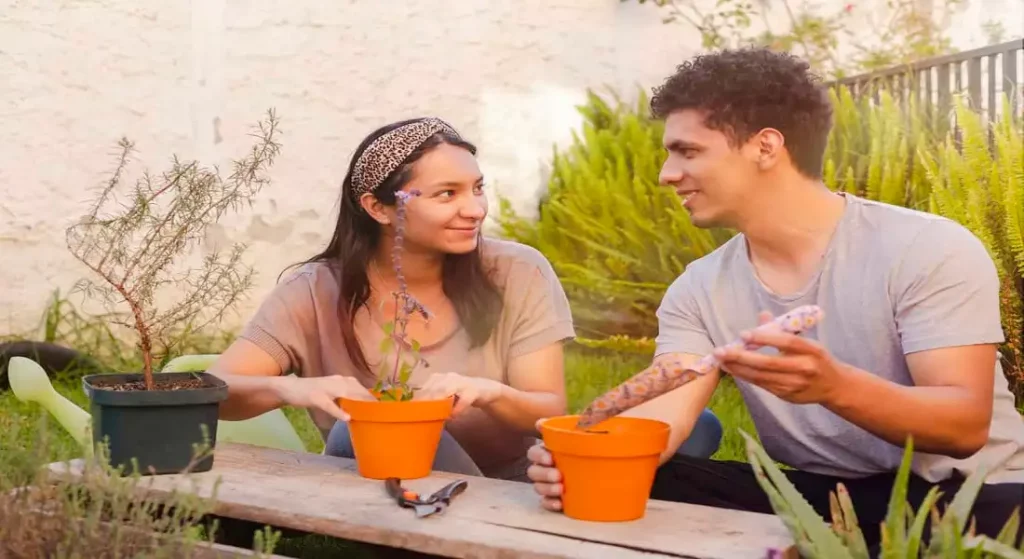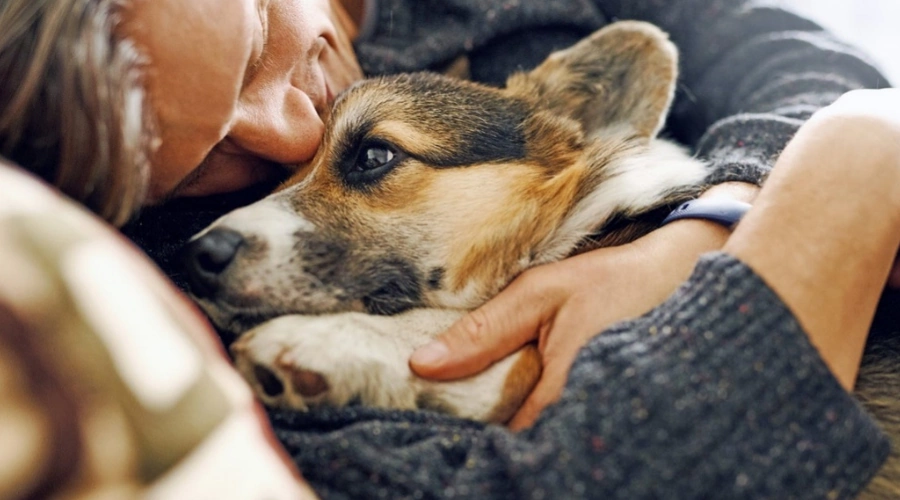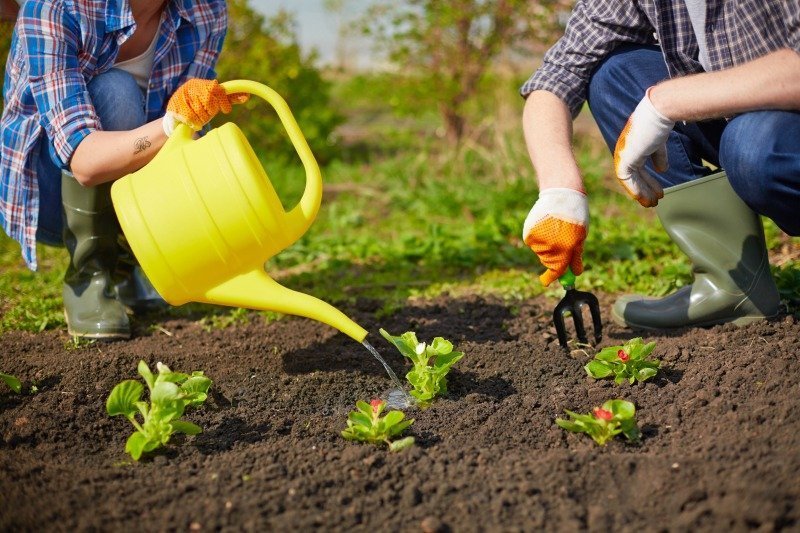The process of euthanasia for dogs can be an emotional and challenging journey for pet owners. Gardening offers a unique perspective on life, growth, and ultimately, loss. By nurturing plants, individuals can develop a deeper empathy that parallels their bond with their pets. This connection can profoundly influence how they approach the difficult decision of euthanasia. Exploring the intersection of gardening and compassionate care may reveal valuable insights for both owners and their beloved companions.
Key Takeaways
- Gardening fosters empathy, allowing pet owners to understand their dog’s vulnerability and emotional needs during difficult moments like euthanasia.
- Nurturing plants enhances caretaking skills, paralleling the emotional labor involved in providing compassionate care for a suffering pet.
- Experiences in gardening promote awareness of life cycles, helping owners reflect on their dog’s journey and the importance of a peaceful end.
- Creating a serene garden environment can inspire peaceful settings for euthanasia, alleviating anxiety for both the dog and the owner.
- Rituals in gardening, such as memory gardens, offer meaningful ways to honor a pet’s life and facilitate healing after euthanasia.
The Emotional Journey of Euthanasia for Dogs
The heart-wrenching experience of euthanasia for dogs often evokes profound sorrow and reflection in pet owners. This emotional journey is marked by a deep sense of loss, as many consider their dogs to be cherished family members. The decision to proceed with euthanasia is never taken lightly; it often stems from the desire to alleviate suffering and guarantee a peaceful passage. Pet owners grapple with guilt, sadness, and the overwhelming weight of responsibility. They seek understanding and support from those who share similar experiences, fostering a sense of community. Questions arise, such as “Can dogs feel pain during euthanasia?” This inquiry highlights the importance of compassionate care, emphasizing the need for informed decisions that honor the bond between humans and their beloved pets in their final moments.
Understanding Pain Management in Euthanasia
Maneuvering the emotional landscape of euthanasia often leads pet owners to confront difficult questions about their dog’s well-being in those final moments. Understanding pain management in euthanasia is essential for guaranteeing a peaceful passage. Veterinarians typically use sedatives to alleviate anxiety and discomfort before administering the euthanasia solution. This approach aims to minimize distress, allowing the dog to feel calm and secure. Many pet owners wonder, “Can dogs feel pain during euthanasia?” It is important to note that with appropriate medications, the goal is to prevent pain and guarantee a gentle passing. Open communication with veterinary professionals can help ease concerns and provide clarity, fostering a compassionate environment for both the dog and the grieving family.
How Gardening Cultivates Empathy and Compassion
Gardening offers a unique pathway to cultivate empathy and compassion, fostering a deeper connection with the natural world and its inhabitants. Engaging in gardening allows individuals to witness the delicate interplay of life, growth, and decay. This experience nurtures an understanding of vulnerability, encouraging caregivers to reflect on the feelings of their pets, particularly during challenging moments like euthanasia. The act of nurturing plants can mirror the emotional labor involved in caring for dogs, prompting a heightened awareness of their pain and well-being. As gardeners tend to their flora, they may develop a more profound capacity for compassion, ultimately influencing how they approach sensitive situations, including the question of whether dogs can feel pain during euthanasia.

Creating a Peaceful Environment for Dogs
Creating a peaceful environment for dogs during their final moments is vital for promoting comfort and reducing anxiety. Providing a serene space can greatly impact a dog’s emotional state, allowing for a gentle passage. Soft lighting, calming scents, and familiar sounds can create a soothing atmosphere. Additionally, familiar blankets or toys can offer a sense of security. Caregivers should also consider their own emotional state, as their calm presence can help the dog feel more at ease. It is essential to guarantee that the dog is in a quiet location, away from distractions. By thoughtfully crafting this environment, caregivers can help alleviate concerns about whether dogs can feel pain during euthanasia, fostering a more compassionate experience for both the dog and its family.
Rituals and Remembrance: Honoring Your Pet’s Legacy
Following the establishment of a serene environment for a dog’s final moments, honoring a pet’s legacy through meaningful rituals can provide a sense of closure for both the pet and its family. Families may choose to create a memory garden, planting flowers or shrubs that symbolize their beloved dog’s spirit. Lighting candles or sharing cherished stories can foster connections among family members, allowing them to reflect on shared experiences. Additionally, crafting a personalized keepsake, such as a paw print or a photo album, serves as a tangible reminder of the bond shared. These rituals not only celebrate the pet’s life but also encourage healing, helping families navigate the profound question: Can dogs feel pain during euthanasia?
Frequently Asked Questions
Can Dogs Feel Pain During Euthanasia?
Research indicates that dogs may experience discomfort during euthanasia, but veterinarians employ methods to minimize pain. Understanding this can help pet owners guarantee a compassionate farewell, fostering a sense of connection and care during a difficult time.
What Signs Indicate a Dog Is in Pain?
Signs indicating a dog is in pain include whimpering, reluctance to move, changes in appetite, excessive panting, and aggressive behavior. Observing these signs fosters understanding, allowing caregivers to provide necessary support and comfort for their pets.
How Can I Prepare My Dog for Euthanasia?
Preparing a dog for euthanasia involves creating a calm environment, providing familiar comforts, and spending quality time together. This approach guarantees the dog feels secure, minimizing anxiety during a difficult and emotional farewell.
What Alternatives Exist to Euthanasia for Terminally Ill Dogs?
Exploring alternatives to euthanasia for terminally ill dogs includes palliative care, holistic therapies, and hospice options. These approaches aim to enhance quality of life, providing comfort and support while honoring the bond shared with the beloved pet.
How Do I Support My Family During This Process?
Supporting family during this difficult process involves open communication, sharing memories, and providing emotional comfort. Encouraging each other to express feelings fosters connection, allowing everyone to navigate the experience collectively and find solace in togetherness.
Conclusion
Ultimately, the act of gardening can profoundly enhance a pet owner’s capacity for empathy and understanding during the challenging time of euthanasia. By fostering a deeper connection to life and its cycles, owners can approach their dogs’ final moments with compassion and grace. Creating a serene environment and honoring their beloved pet’s legacy through meaningful rituals can provide solace, ensuring that the journey of farewell is as peaceful as possible for both the dog and the owner.
You May Also Like To Read:



